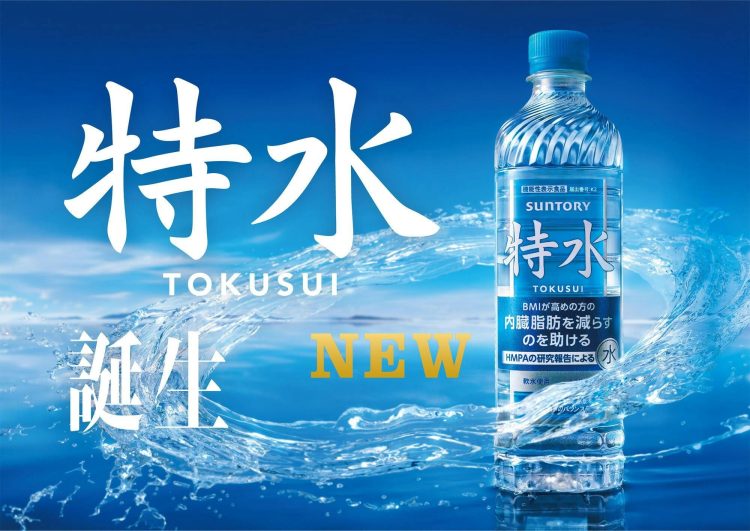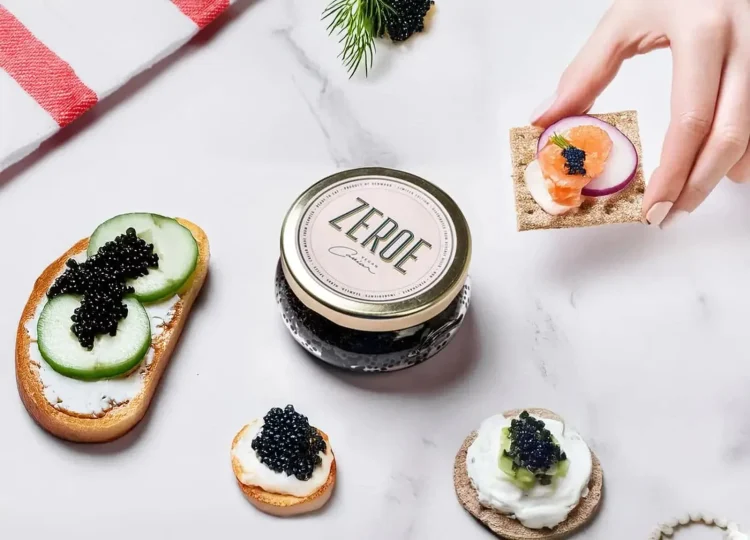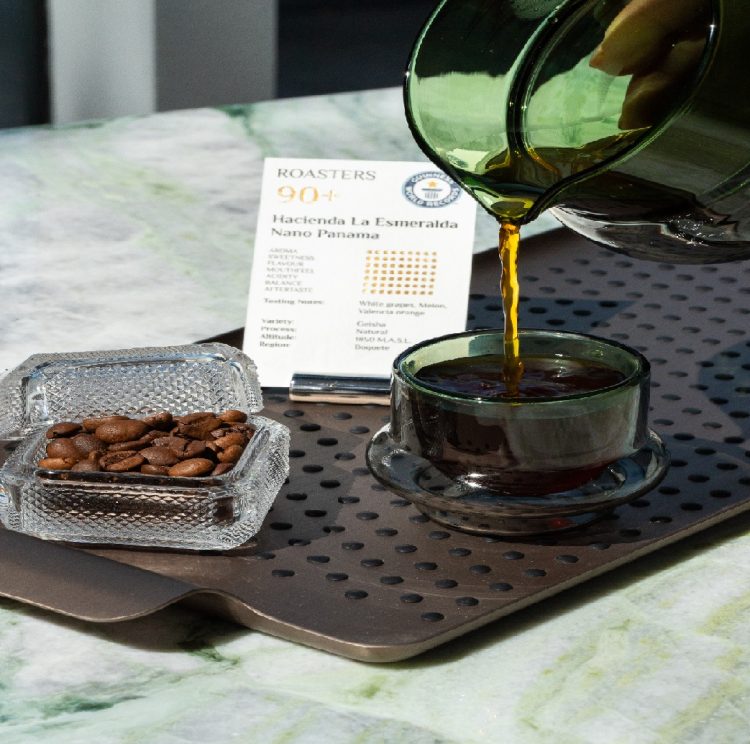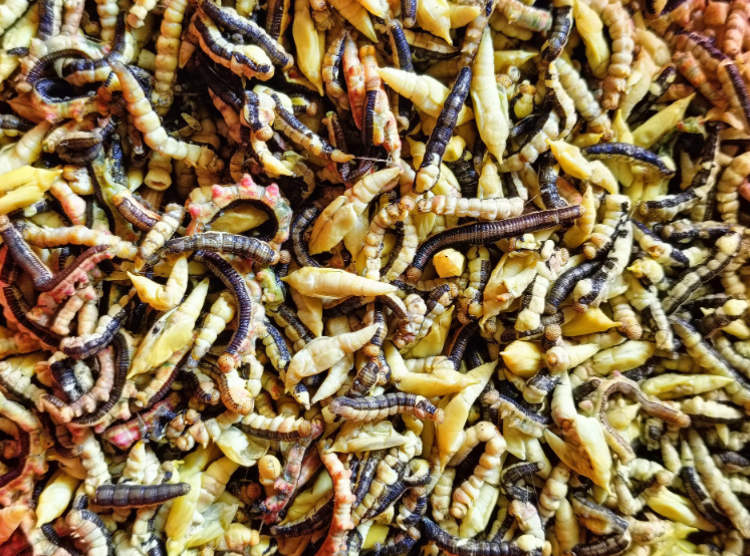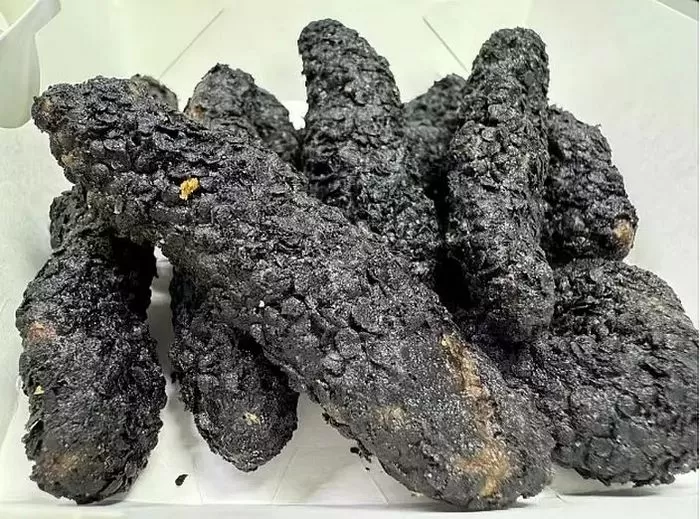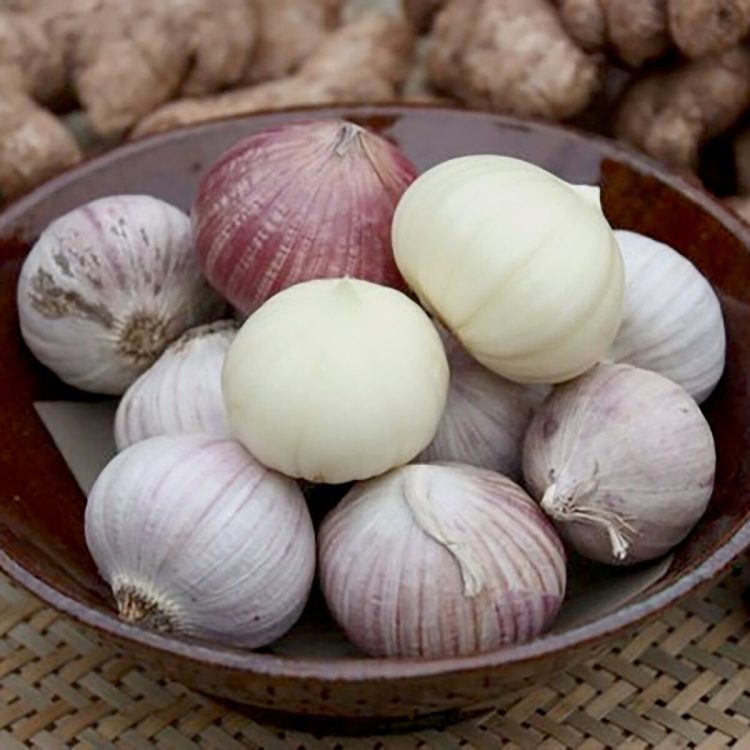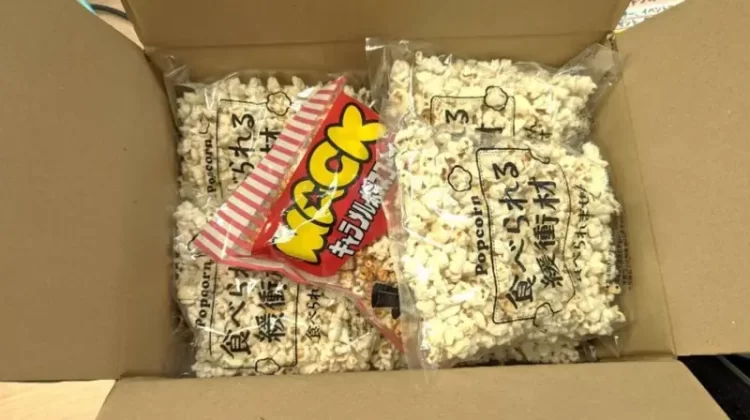Fermented foods aren’t exactly famous for their alluring smell and flavor, but South Korea’s popular ‘hongeo’ has just got to be the worst of the lot. It’s definitely classified as one of the grossest foods in the world, even for ‘foodie daredevils’ who like trying out weird dishes.
What makes hongeo so bad? Well, for starters, it’s made from a fish called skate, which just like sharks, has no bladder or kidneys. Its digestive waste simply oozes out of its skin in the form of uric acid. That’s why sharks and skates need to be eaten fresh. But the Koreans seem to enjoy defying the norm in this case.
What they do is leave dozens of fresh skates (a cartilage-rich fish that resembles a stingray) stacked up in a walk-in refrigerator. Then they wait, sometimes as long as a month, for the fish to acquire a distinct ‘aroma’, reminiscent of a public urinal. When the smell reaches its worst, the skates are ready to be taken out, sliced up and served raw.
Photo: mainmanchay
When skate flesh is fermented, the uric acid in its skin intensifies into ammonia. And if you’ve ever been in direct contact with ammonia, you’ll know that its gag-inducing stench is not something you want in your mouth. The smell won’t leave you for hours after you’ve had the dish, lingering on your clothes, skin and hair, raising some serious questions from the people around you.
But for seasoned hongeo eaters, the stinking, glistening, dark-pink fish steaks are a real treat. “Some people start to crave it as soon as they smell the ammonia,” said Shin Ji-woo, who works in a seafood store in Mokpo. “There’s no need to advertise how intense the smell is. Everyone already knows.”
Photo: Open Passports
The origins of hongeo are not clear, but experts say it might have been invented in the days prior to refrigeration. Food that could keep for a long time without rotting was popular back then. So a clever fisherman must have discovered that skate doesn’t spoil as easily as other fish. The traditional method to make hongeo involved putting the fish on a bed of hay inside a clay pot, piling on more hay on top, and leaving it to ferment, for several days.
The store where Shin works has two refrigerators dedicated to fermenting skate. If you walk into one of them, the blast of ammonia will almost burn your eyes and nose, all the way down to your lungs. The skate is placed in the first refrigerator for up to 15 days at 2.5 degrees C and then moved to the second one for another 15 days, at 1 degree C. Several shops in Mokpo supply custom-fermented skate to restaurants and individuals around South Korea. Over 11,000 tons of hongeo are consumed annually in the nation.
Photo: Hanguk Story
Let’s face it – no one is born with a natural affinity for ammonia, I’m sure it’s an acquired taste. First timers have a generally horrible experience with hongeo. They try sandwiching it with as much garnish as they can – red pepper paste, salty mini shrimp, raw garlic, strong kimchi, chili salt, and slices of boiled pork. Yet, they squeeze their eyes shut before shoving it into their mouths, with tears streaming down their cheeks. When the gag-reflex kicks in, not many are able to hold it down.
Hongeo tastes just as awful as it smells. It has an extremely chewy texture, with spongy flesh and hard cartilage, making it difficult to swallow. Joe McPherson, who writes for the Korean food blog ZenKimchi, said: “It’s a freaking punch in the face. Like everyone else, I gagged the first time. Even with some of the most powerful flavors in the world to put up against it, it does not cover up the flavor at all.” Surprisingly, Joe is now a huge devotee of the dish.
According to fans, all it takes is four trials to become hooked on hongeo. The locals actually insist that hongeo must be eaten plain; they complain when restaurants serve it up with elaborate garnishes to disguise the taste and smell. Some believe that the strong kick of ammonia induces a non-alcoholic buzz that they can’t get enough of.
They even follow a specific technique while eating it, which is a lot like smoking – breathe in through the mouth and breathe out through the nose. This helps fight some of the smell and provides a rather minty sensation in the throat. Some Koreans say that their craving for hongeo is quite similar to a smoker’s desire for a cigarette. It tastes like rubbish, but you want it anyway.






